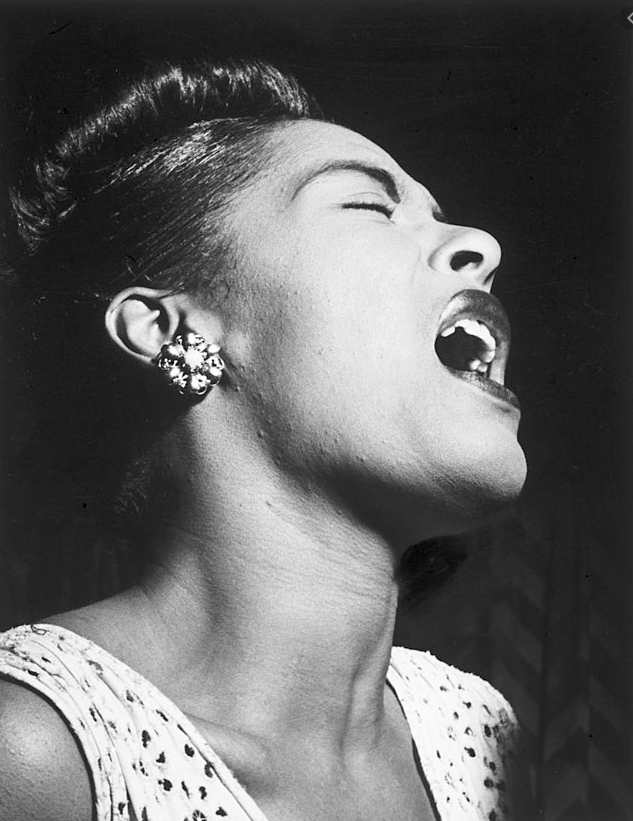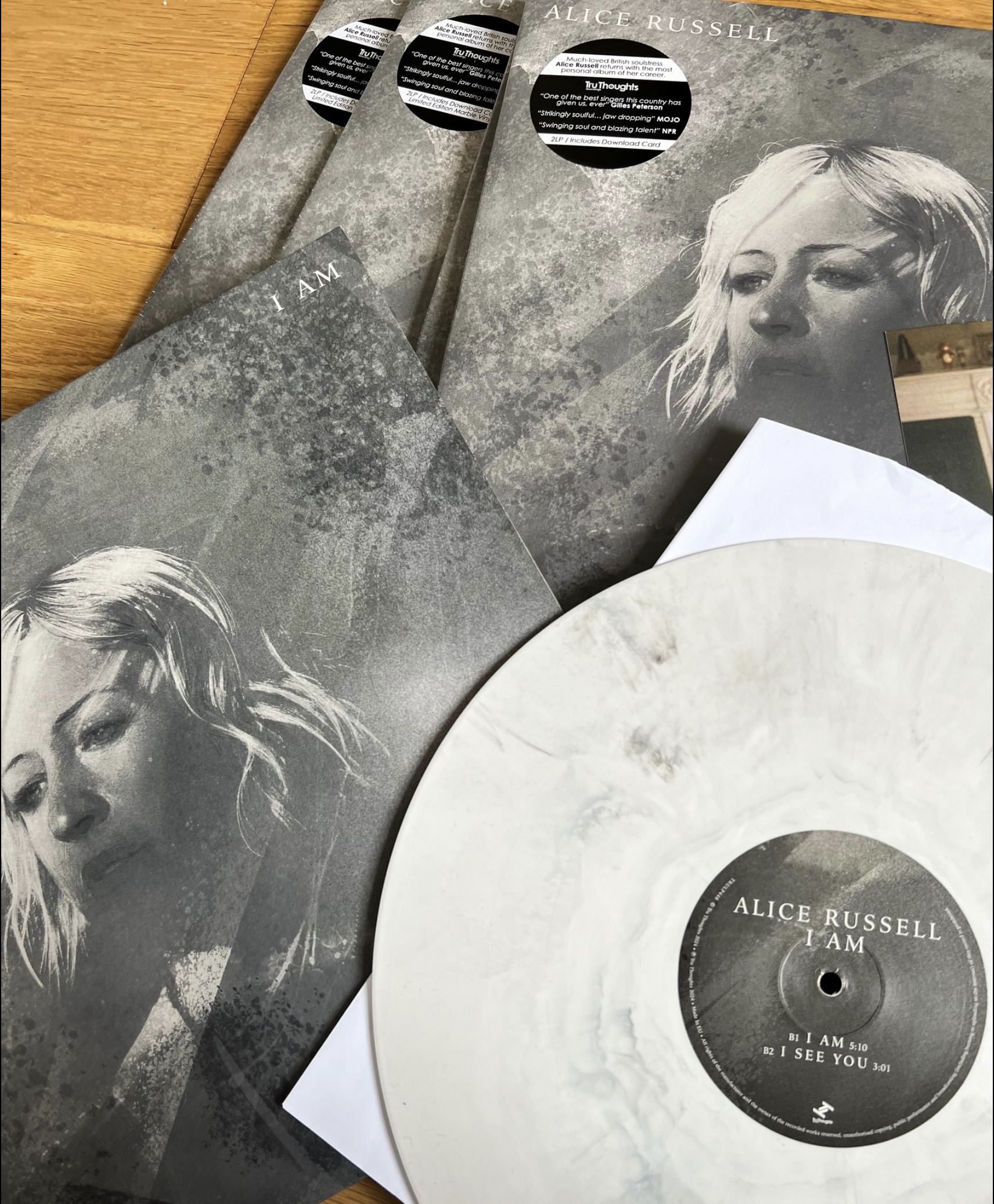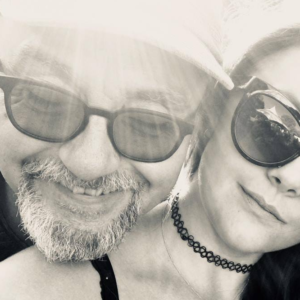NEW RELEASE
Player, Piano by Daniel Lanois

- ONE SONG: Inverness – (read about it below)
- PLAYLIST: Player, Piano album on YouTube and Spotify
- READ: Kurated No. 115 features Lanois’ 2021 album Heavy Sun.
Kurated No. 116 presents an overview of his work and a 23-song playlist

DANIEL LANOIS: PLAYER, PIANO
“I’ve made this record with every ounce of blood I have. Every note is significant.”
“I’m an experimenter. I’m a sonic explorer,” Daniel Lanois told the Globe and Mail last week on the release of his new album. Where’s he headed? “The unknown ,” he says. “You can’t study it. No tuition will give it to you. It belongs to imagination, it belongs to heart, it belongs to bravado … I’m only interested in what I don’t know.”
This far reaching quest and curiosity has led the renowned French-Canadian artist from Hull, Quebec to divine the highest levels of studio production magic and musical artistry in his own work and for an array of music’s A-listers. They include Bob Dylan, Neil Young, Emmylou Harris, the Neville Brothers, Brian Eno and more. Lanois’ latest masterpiece, the spacious and sometimes ambient Player, Piano, is his 13th album. Elegantly foregrounding his lesser known expertise on keyboards – his specialty is pedal steel and electric guitar – he continues pushing the boundaries of new sounds and techniques.
“Going to the piano was an opportunity to keep developing my sense of melody, ” he told the Globe’s Brad Wheeler. “Over the years I realized it’s part of my gift and talent.”
Always updating tradition
“Certain parts of what we do has always been,” he shared with CBC Radio q host Tom Power in 2021. “Melodies are ancient. If you’re plunking a melody on a piano a single note at a time, well, how old fashioned do things get?”
“So, we can’t forget that we’re inspired by melody along the way (but) the treatment of something traditional can bring it into the future. And we respect tradition and we respect the past but we try and do things that haven’t been done before. It’s always a combination of the two worlds.”
“My favourite sound is one I haven’t heard yet,” Lanois told Power. And that’s inspired him to go to unusual lengths in the studio.
“I’ve made this record with every ounce of blood I have. Every note is significant,” he told Wheeler. “I’ve developed an entire system of record making to accommodate this one little album.”
An example: “I don’t want reverb from my C# to be bumping into a natural C, because that would qualify as a train wreck. So, I put two hours of work in one note so the reverb from the C# gets cancelled for the C natural. That’s interesting to me, because no one has ever done it before.”
Making a sonic collage: Inverness
That attention to detail shows up in the sonic collage that became Inverness, a track which Lanois offers “… sounds like a solo piano performance. But it was two or three hours of improvisation that I then chopped together. Some of the chopping took me to a chord that I might not feel inclined to play in natural performance. It’s interesting to think of the studio as a compositional steppingstone … We take a phrase from here and put it over there. We choose the best takes and glue it all together…”

The album
The album’s 13 songs play like an unhurried soundtrack. There’s an expansive and cinematic feel to its meticulous compositions. Acoustic sounds are subtly combined and shaded with electronic waves emerging and dissolving. And yes, as Lanois says, every note is significant. It’d be a mistake to consider the collection as only background music. The value and reward of this exceptional recording is in listening carefully.
Rough Trade magazine observes that, “Each song here is a portal, an invitation to lose yourself in the moment and disappear into a world of imagination and memory. Lanois recorded the entire collection himself, capturing a series of gentle, exotic piano performances …Melodies unfold slowly with patience and grace.”
Two pianos: technical notes
Lanois uses two pianos on the album – a Steinway O Grand and an upright Heintzman.
He told Reverb Magazine that, “I like softer, more mellow-sounding pianos, so we found a way of treating the hammers a little bit to quiet them down and make them less brash. There was a certain harmonic response to that striking of a soft hammer that seemed to work out pretty well—the microphones loved that.”
To further soften the Steinway’s sound, Lanois put felt on the instrument’s hammers. This was augmented by using ribbon mikes placed behind the piano rather than in front.
He considers the Heintzman to have a more brittle sound so he hung cheesecoth between the hammers and the strings to warm up the bottom end of the keyboard.
Ribbon mikes are bidirectional taking in sound from both sides. And they use a “ribbon” – usually a thin metal – to produce voltage electromagnetically. The result is the more vintage sound Lanois aimed for in the production.
Stay tuned and enjoy,

02 October 2022
REVIEWS
ALLMUSIC ONLINE MAGAZINE
Musically, one of Lanois’ most vulnerable collections; quite endearing in its sweetness.
by Timothy Monger
Practically since his first solo release — 1989’s marvelous Acadie — Daniel Lanois has had the freedom to pursue whatever muse stirs his imagination. His status as an iconic producer remains unrivaled, though it often overshadows a rich personal discography that has been reliably eclectic and occasionally quite moving.
After revisiting the singer/songwriter format on 2021’s Heavy Sun, Lanois heads back into more ambient territory with Player, Piano, an experimental yet surprisingly poignant collection of piano instrumentals. Better known for his atmospheric guitar work, Lanois takes similar care in his approach to the piano, manipulating and shaping the instrument’s natural characteristics in subtle but effective ways.
However, rather than building it into something futuristic and nearly unrecognizable like he did on 2016’s spectral pedal steel opus Goodbye to Language, he turns back the clock with a deliberately vintage tone that harks back to the 1940s and ’50s. Utilizing ribbon mics, dampened strings, and felt-muted hammers, Lanois creates a nostalgic sound to compliment his sparse, ethereal compositions.
The stately “My All,” an elegy written for his younger brother, opens the album, establishing a sentimental mood that remains throughout the set. Songs like the winsome “Inverness” and “Zsa Zsa” breathe out into the room, as gentle piano voicings interact with understated effects to create something timeless and inviting.
When the occasional percussion or synth part does enter the picture, it is generally complimentary or at least unobtrusive, letting the piano fill the most space. Musically, this is one of the most vulnerable collections Lanois has ever made and quite endearing in its sweetness.





